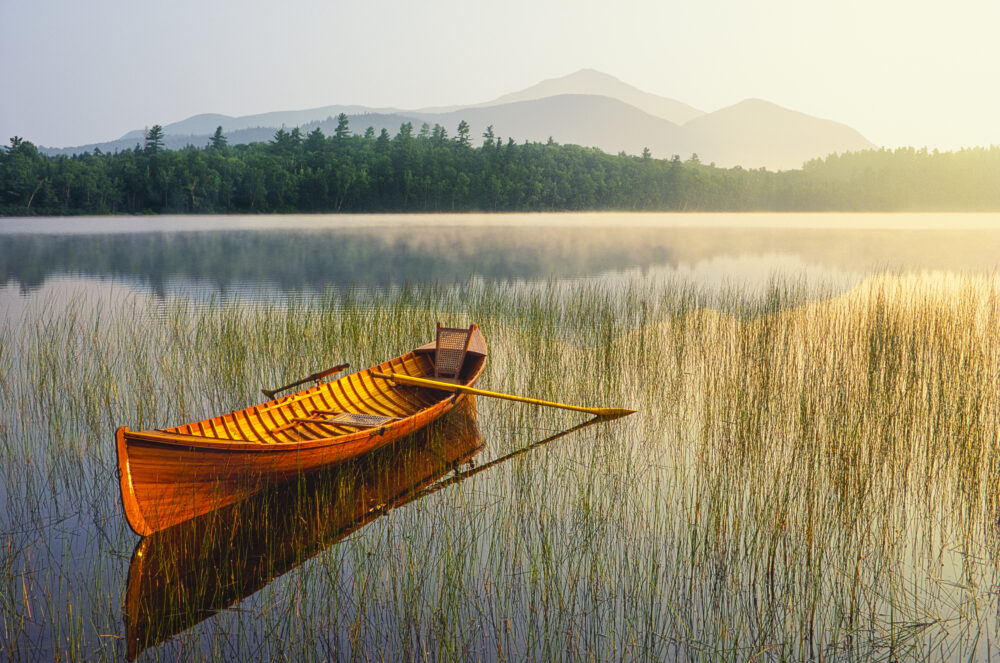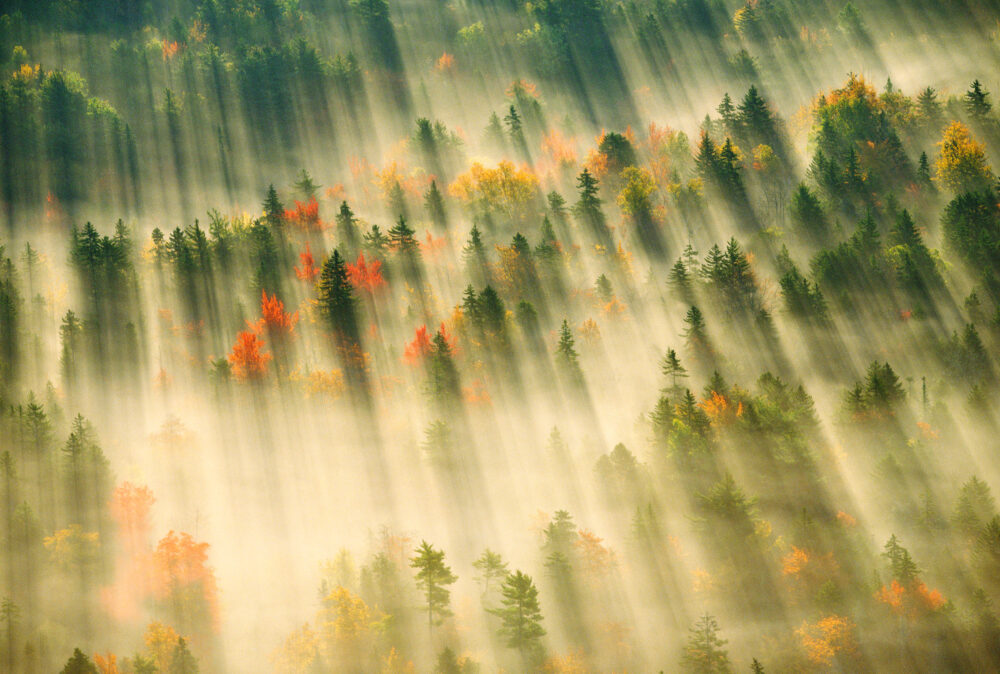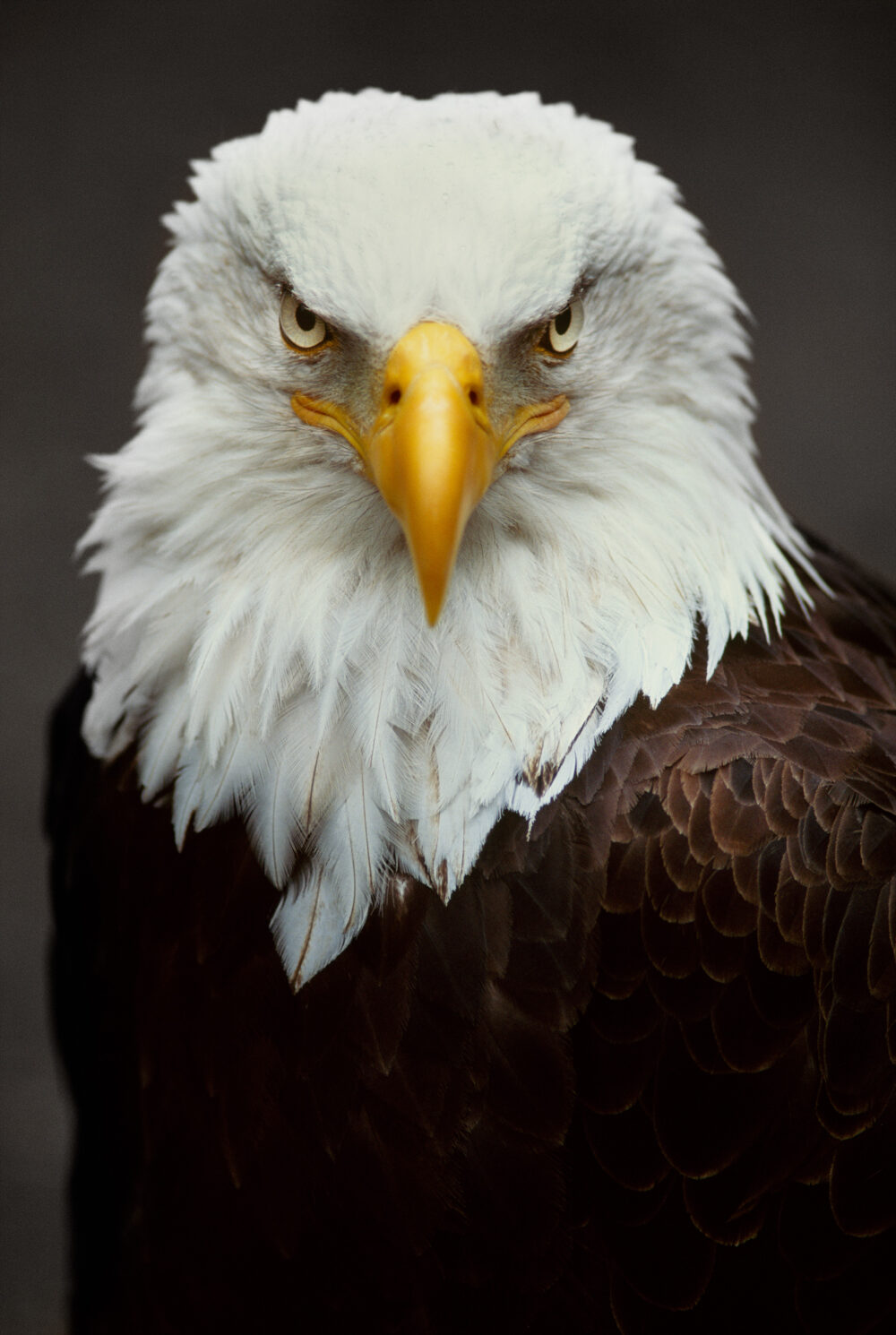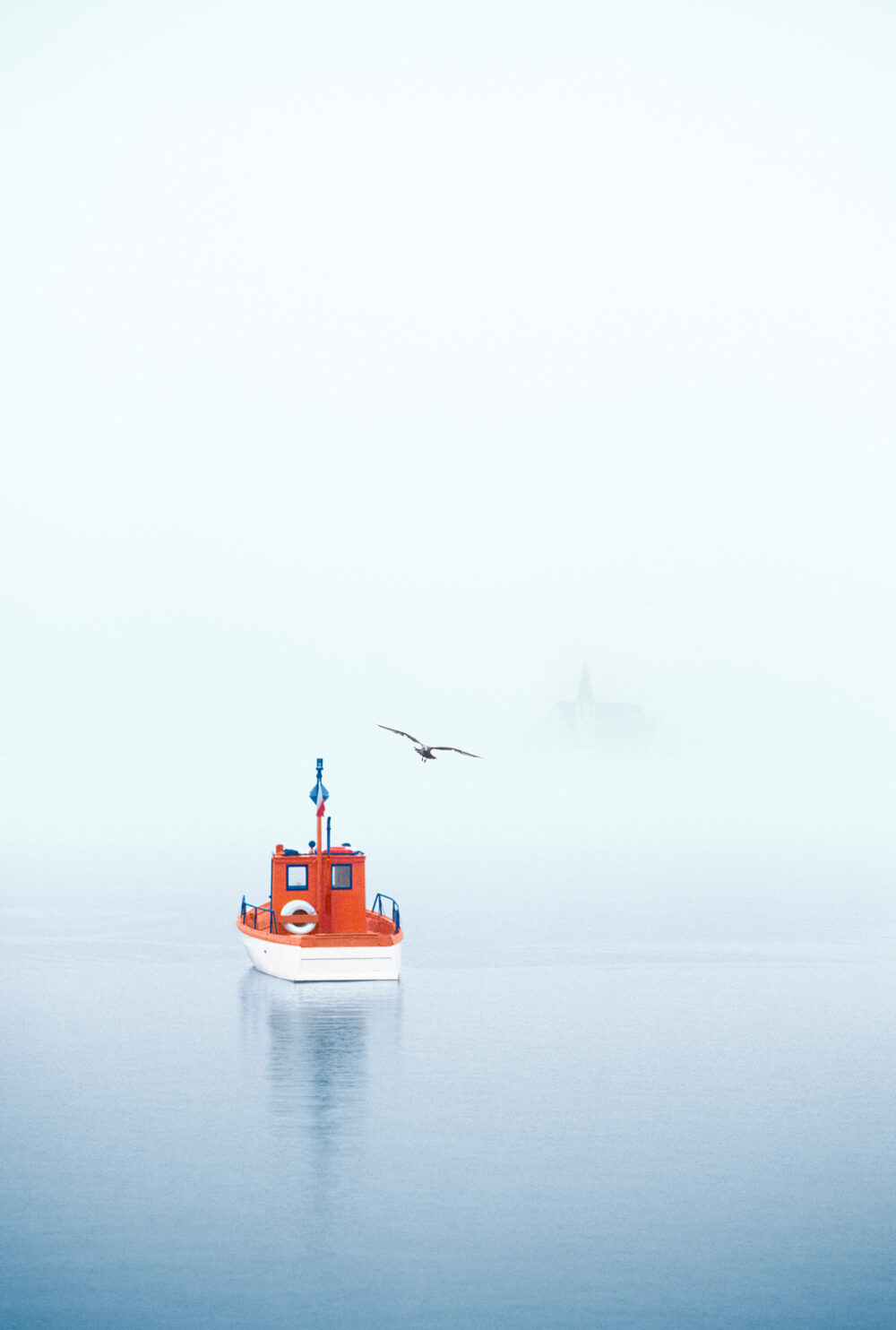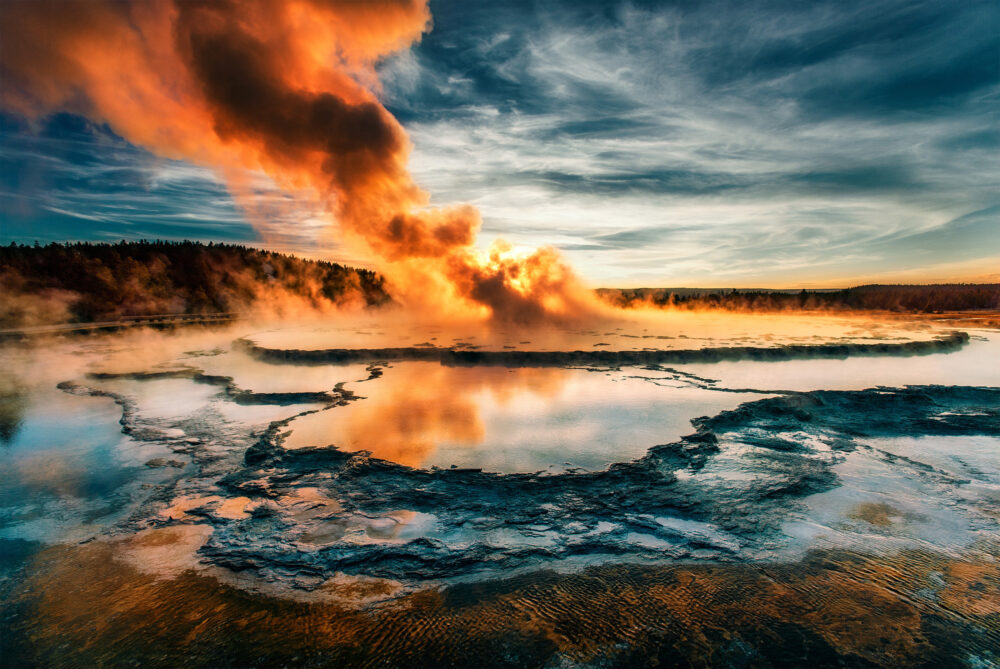Michael Melford
Michael Melford originally wanted to be an engineer. But after taking an art history course at the University of Syracuse, New York, he found his way to photography, which combined what he calls “the mechanical-chemical aspect of engineering with instant art.” Since then, he has won numerous awards from The International Center of Photography and World Press Images, among others. He is a regular contributor to National Geographic. He lives in Mystic, Connecticut.
Q & A
You’ve just completed your 18th story for National Geographic. What does it mean to work for “The Big Yellow”?
It’s everyone’s dream, and it did not disappoint. I came to National Geographic through National Geographic Kids magazine, from that to the Books division, then to National Geographic Traveler magazine, where I worked for 15 years without cracking the door at “Big Yellow.” Then, about twelve years ago, out of the blue, I got the phone call. Two other photographers had turned down an assignment to go to Acadia National Park. I jumped on it and began working nonstop for National Geographic.
One of your inspirations is Ansel Adams. What excites you about his work?
Ansel was not only an artist, he was a technician. He pre-visualized his images. He was, to me, the landscape photography master artist, technician, and craftsman, and he remains so today. Digital photography makes it easy by giving you the tools to make a picture look any way you want. I think Ansel would be all over digital. He was the predecessor of it all. Not only did he have a vision of landscape and the American West, he understood light and the technical aspects of it.
Is there a larger mission behind your photos, Michael?
National Geographic’s goal is to get people to care about the planet. That says it all for me, too. I want to try and capture how beautiful the world is. I am not a journalist. I’m a landscape photographer and want to share with people what I see and how beautiful it is, in the hope of preserving it and making people appreciate it.
National Geographic Image Collection Interview With Michael Melford By Simon Worrall
Showing all 6 resultsSorted by latest

